Update: Savings I Bonds bought from November 1, 2024 through April 30, 2025 will have a fixed rate of 1.20%, for a total rate of 3.11% for the first 6 months. As a quick and dirty comparison, the nominal yield on 5-year Treasury bonds is currently 4.15% and the real yield on 5-year TIPS is currently 1.77%.
Every existing I Bond will earn this inflation rate of ~1.91% eventually for 6 months; you will need to add your own fixed rate that was set based the initial purchase month. See you again in mid-April for the next early prediction for May 2025.
Original post:
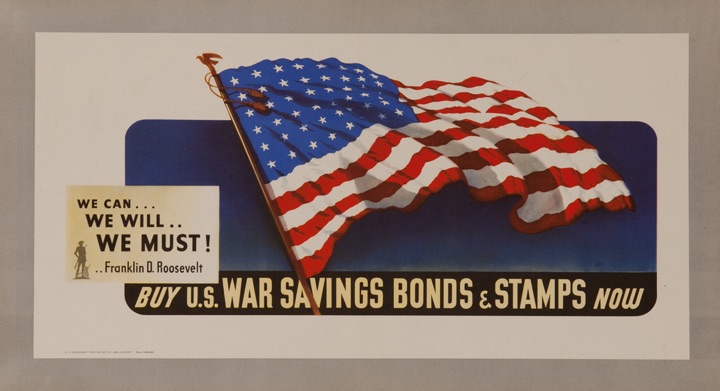
Savings I Bonds are a unique, low-risk investment backed by the US Treasury that pay out a variable interest rate linked to inflation. With a holding period from 12 months to 30 years, you could own them as an alternative to bank certificates of deposit (they are liquid after 12 months) or bonds in your portfolio.
New inflation numbers were just announced at BLS.gov, which allows us to make an early prediction of the November 2024 savings bond rates a couple of weeks before the official announcement on the 1st. This also allows the opportunity to know exactly what an October 2024 savings bond purchase will yield over the next 12 months, instead of just 6 months. You can then compare this against a November 2024 purchase.
New inflation rate prediction. March 2024 CPI-U was 312.332. September 2024 CPI-U was 315.301, for a semi-annual inflation rate of 0.95%. Using the official composite rate formula:
Composite rate formula: [Fixed rate + (2 x semiannual inflation rate) + (fixed rate x semiannual inflation rate)]
This results in the variable component of interest rate for the next 6 month cycle being ~1.90% to 1.91%, depending on the fixed rate.
Tips on purchase and redemption. You can’t redeem until after 12 months of ownership, and any redemptions within 5 years incur an interest penalty of the last 3 months of interest. A simple “trick” with I-Bonds is that if you buy at the end of the month, you’ll still get all the interest for the entire month – same as if you bought it in the beginning of the month. It’s best to give yourself a few business days of buffer time. If you miss the cutoff, your effective purchase date will be bumped into the next month. (You should always sell at the very beginning of the month.)
Buying in October 2024. If you buy before the end of October, the fixed rate portion of I-Bonds will be 1.30%. You will be guaranteed a total interest rate of 1.30 + 2.98 = 4.28% for the next 6 months. For the 6 months after that, the total rate will be 1.30 + 1.91 = 3.21%.
Buying in November 2024. If you buy in November 2024, you will get ~1.91% plus a newly-set fixed rate for the first 6 months. The new fixed rate is officially unknown, but is loosely linked to the real yield of short-term TIPS with some reductions. My rough guess is somewhere between 0.9% and 1.2%. The current real yield on short-term TIPS is lower than it was during the last reset, when the fixed rate was set at 1.3%. Every six months after your purchase, your rate will adjust to your fixed rate (set at purchase) plus a variable rate based on inflation.
If you have an existing I-Bond, the rates reset every 6 months depending on your specific purchase month. Everyone will eventually get this variable rate. Your bond rate = your specific fixed rate (based on purchase month, look it up here) + variable rate (total bond rate has a minimum floor of 0%).
Buy now or wait? Between those two options, I would buy in October as you’ll likely get a higher fixed rate and a decent initial 6-month rate. However, I actually don’t plan to buy any savings bonds this year. The yields are simply not very interesting as compared to other options. Short-term, it’s better to go T-Bills with the state tax exemption. For my inflation-protected needs, I have been buying longer-term TIPS instead to lock in the higher current 2%+ real yields (in tax-deferred).
Unique features and considerations. I have a separate post on reasons to own Series I Savings Bonds, including inflation protection, tax deferral, exemption from state income taxes, and potential tax benefits if used toward qualified educational expenses.
The main drawback is hassle. You can only buy new savings bonds through TreasuryDirect.gov, which is limited in its customer service resources and features. Conducting certain transactions may require a medallion signature guarantee which requires a visit to a physical bank or credit union and snail mail. If your password is compromised, they will not replace any lost or stolen savings bonds. The juice may not be worth the squeeze when you can own individual Treasury bonds or TIPS within any full-service brokerage account. (Finding a bank that will redeem a physical paper savings bond at all can be difficult these days.)
Over the years, I have accumulated I-Bonds and consider it part of the inflation-linked bond allocation inside my long-term investment portfolio. However, after converting all my paper bonds to electronic versions earlier this year, I have been selling the lower fixed rate bonds and reinvesting in 2%+ real yield TIPS.
Annual purchase limits. The annual purchase limit is now $10,000 in online I-bonds per Social Security Number. For a couple, that’s $20,000 per year. As of 2024. you can only buy online at TreasuryDirect.gov, after making sure you’re okay with their security protocols and user-friendliness. (No more tax refund savings bonds.) Technically, the purchase limits are per Social Security Number or Employer Identification Number. For those looking for another way to expand their purchasing power, that means you can also buy for a child, grandchild, LLC, or a trust.
Bottom line. Savings I bonds are a unique, low-risk investment that are linked to inflation and only available to individual investors. You can now only purchase them online at TreasuryDirect.gov. For more background, see the rest of my posts on savings bonds.
[Image: 1942 US Savings Bond poster – source]
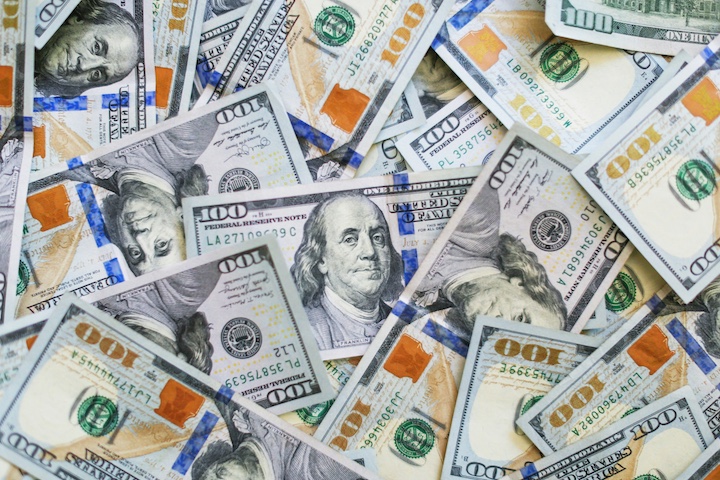
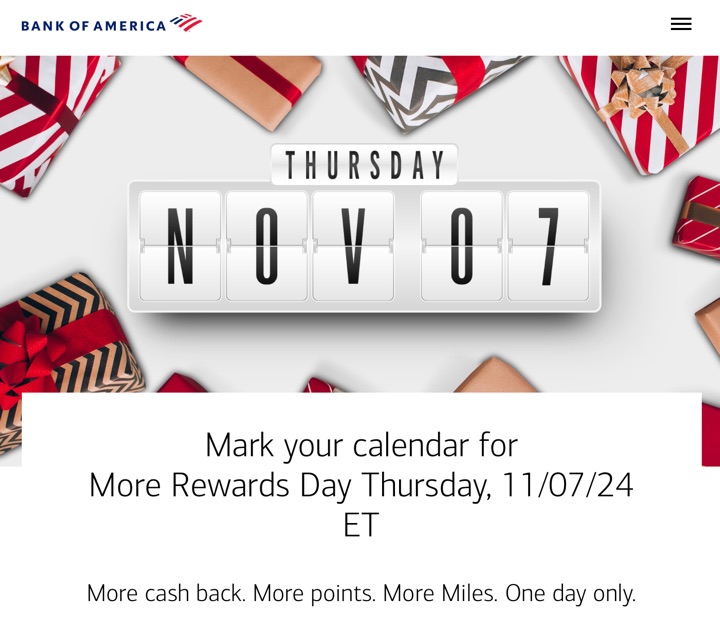



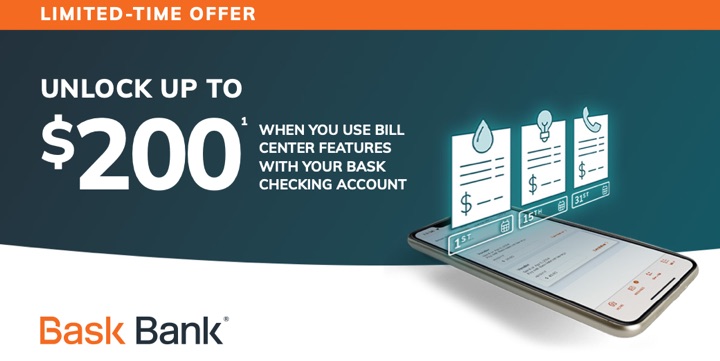



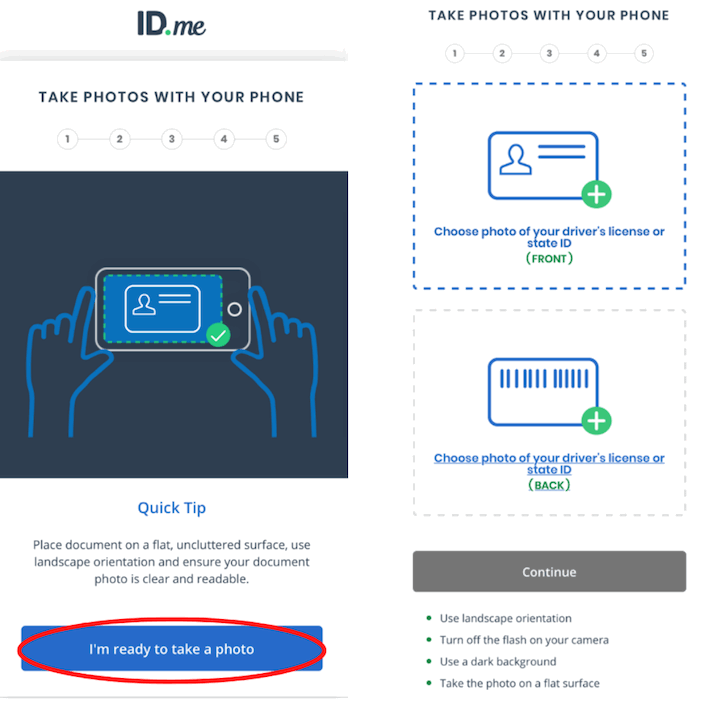
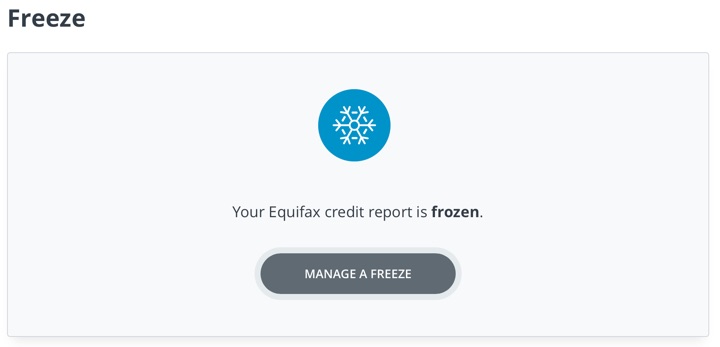

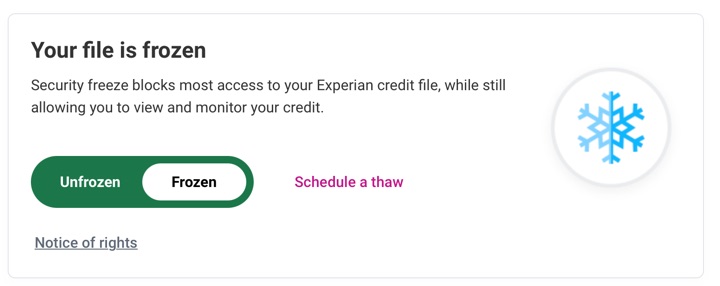
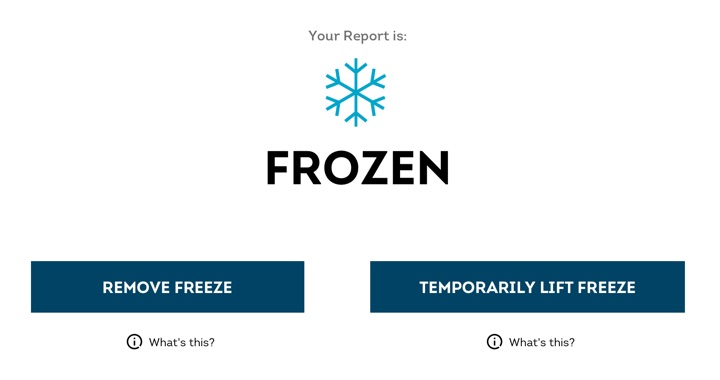
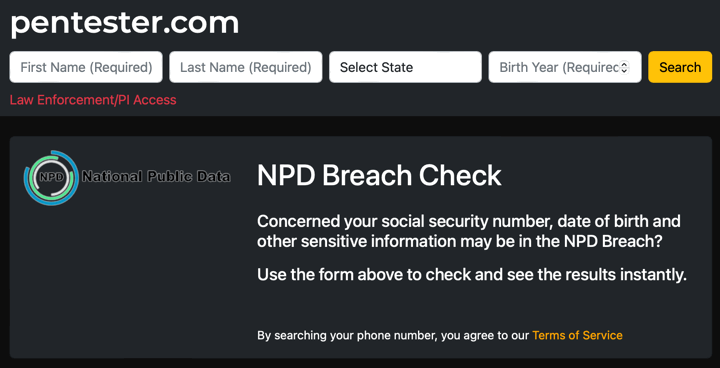
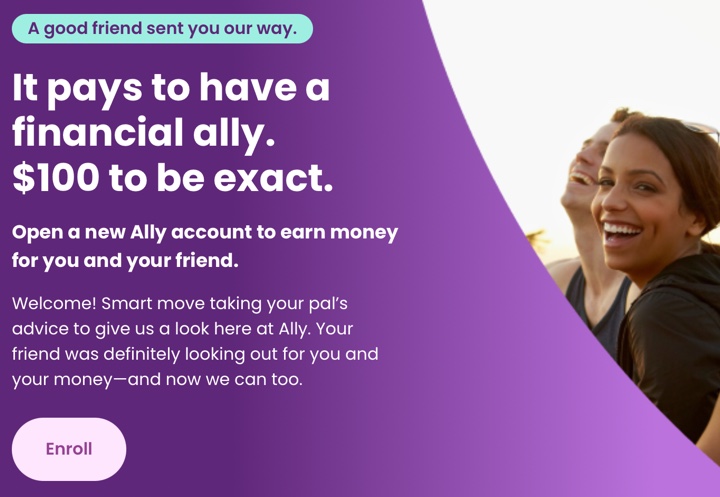
 The Best Credit Card Bonus Offers – 2025
The Best Credit Card Bonus Offers – 2025 Big List of Free Stocks from Brokerage Apps
Big List of Free Stocks from Brokerage Apps Best Interest Rates on Cash - 2025
Best Interest Rates on Cash - 2025 Free Credit Scores x 3 + Free Credit Monitoring
Free Credit Scores x 3 + Free Credit Monitoring Best No Fee 0% APR Balance Transfer Offers
Best No Fee 0% APR Balance Transfer Offers Little-Known Cellular Data Plans That Can Save Big Money
Little-Known Cellular Data Plans That Can Save Big Money How To Haggle Your Cable or Direct TV Bill
How To Haggle Your Cable or Direct TV Bill Big List of Free Consumer Data Reports (Credit, Rent, Work)
Big List of Free Consumer Data Reports (Credit, Rent, Work)